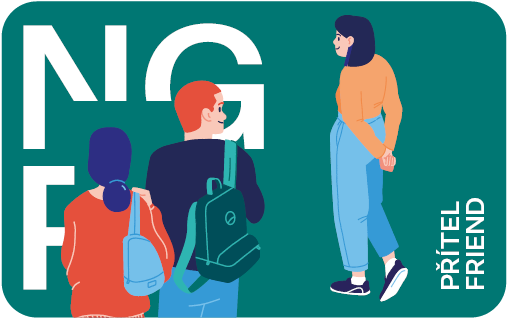From 14 May to
21 November 2021, the National Gallery Prague hosts a major retrospective of the painter and illustrator Viktor
Pivovarov. The exhibition covers the artist’s entire career, from his works
created within Moscow’s unofficial art scene during the 1970s to his present
artistic practice in Prague; some works of the latter period are exhibited
for the first time.
The exhibition comprises over two hundred paintings and drawings exploring the key areas of Pivovarov’s oeuvre. Most of them reflect the artist’s crucial themes – solitude, eroticism, links to literature (mainly poetry), and primarily the almost paradoxical interconnection of mundane everyday life with great philosophical ideas.
The roots of Viktor Pivovarov’s (*1937) original style
can be searched for in book illustrations for children and adults that he has created
since his youth. With the rise of the unofficial art movement in his native Moscow
in the 1970s, Pivovarov then began to combine his magical illustrative style
with inspiration from the compact colour surfaces and informational texts he
encountered in his everyday life in the Soviet Union. An ongoing focus of his
practice is the concept of the album, a series of paintings or illustrations
that combine images and texts to tell a story, which he originally presented as
unique home performances to fellow members of the unofficial art groups in
Moscow. The exhibition will showcase, for example, the album Dante
Gone Astray, in which the artist deals with his feelings of expatriation
and displacement.
A similar frame of mind
emanates from his works created after 1982 when, in his own words, he ‘flew to
Prague on the wings of Cupid’ to settle permanently there with his second wife,
the art historian Milena Slavická. Despite the warm acceptance by Czech artists
and the new possibility to publicly display his art, Pivovarov was struck by the
feeling of nostalgia for his life before, epitomised in his memories of
childhood. He expressed this, for example, in the series The Diary of an Adolescent or in the portrait of his childhood
neighbour Grigory Sergeevich Tatuzov. The playful, often naïve, motifs of
childhood are a recurring factor in the entire exhibition, which features, for
example, a huge replica matchbox that visitors can step into and explore the
hidden painted world complemented with audio elements, or transparent curtains
symbolising the view out of the window, which also refers to another motif of
Pivovarov: observation and voyeurism. ‘Voyeurism
has always been considered in poor taste or even a sin … Nonetheless, peeping
has always been and will always be around. At least as long as there are
artists, for the artist’s main function is to peep,’ the artist claims.
‘The works of Pivovarov are
best seen in the context of other paintings and drawings from individual series
and from across his career, because they interact and activate one another in
order to absorb the viewer into the artist’s internal world,’ the curator Julia Tatiana Bailey explains. The
exhibition’s title – Moscow Gothic – refers to the
eponymous work that is part of the series seeking to ‘express the
inexpressible’ and capture the human soul through geometrical figures. ‘I think
that the soul can be depicted, but only in a “childish” manner. We’ll have to
agree that that button is God, that circle is the soul, that wiggly line means
motion, and that square is man,’ Pivovarov says. In his view, the soul is not
exclusive to humans; therefore, the exhibition features the depictions of the
souls of snails and jellyfish.
An extensive Czech–English exhibition catalogue is being released for the exhibition. In addition to texts by the exhibition’s curator Julia Tatiana Bailey, the catalogue also includes essays by the external curator and artist’s daughter, Máša Černá Pivovarová, and Michal Novotný, Director of the Collection of Modern and Contemporary Art at the National Gallery Prague, as well as 130 reproductions of Pivovarov’s artworks with his personal comments.
Furthermore, the exhibition will include an interactive studio for children and adults, giving them an opportunity to find contexts in the artist’s works through creative play. Multiple educational and public programmes will accompany the exhibition project, aimed at the development of visitors’ sensitivity. In addition to online lectures with experts (including Máša Černá Pivovarová’s talk on the series The Lost Keys, inspired by the Old Masters, and Milena Slavická’s introduction to the context of Russian unofficial art), the programme will be comprised of guided tours, creative workshops, activity sheets for children, and study materials for educators.




